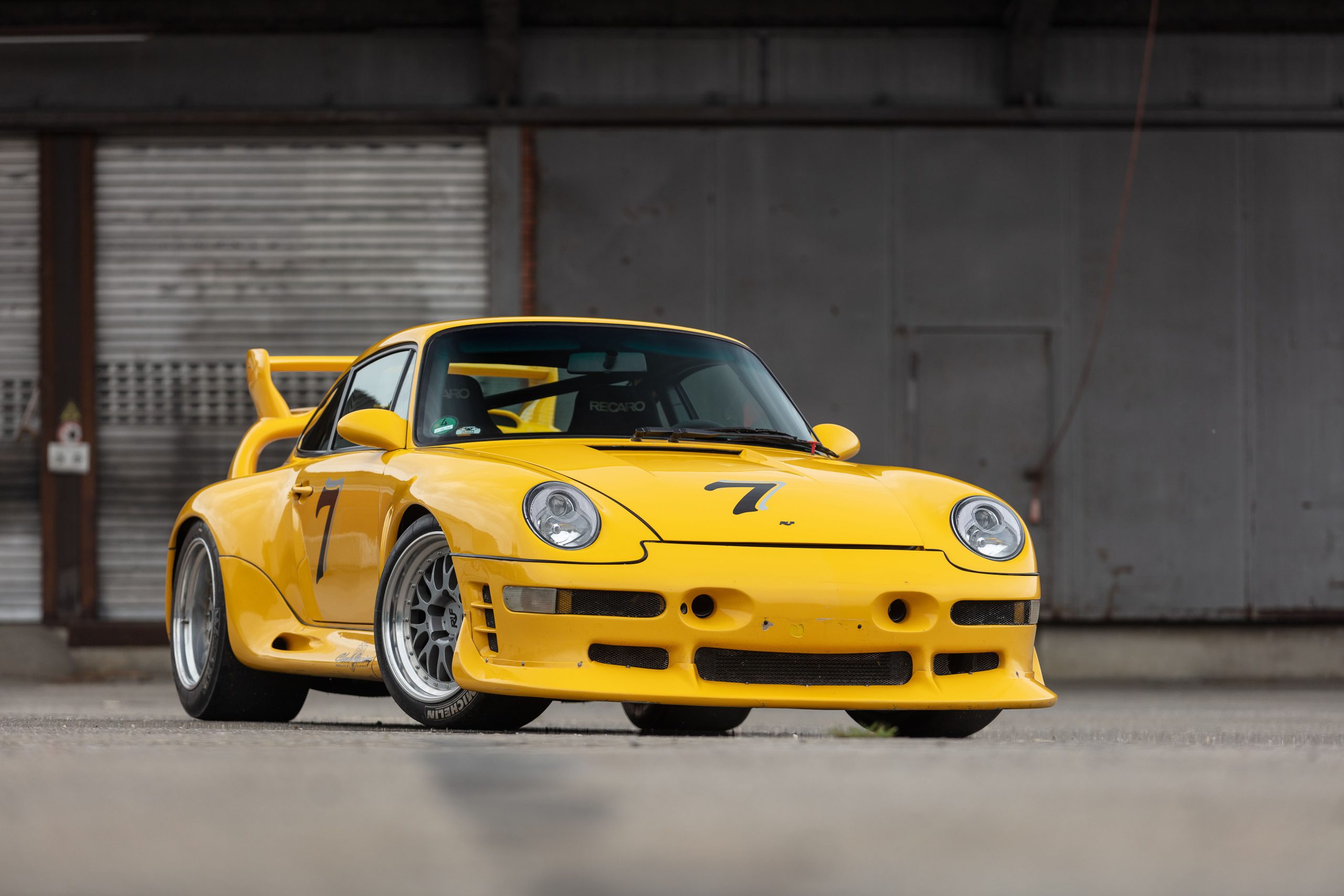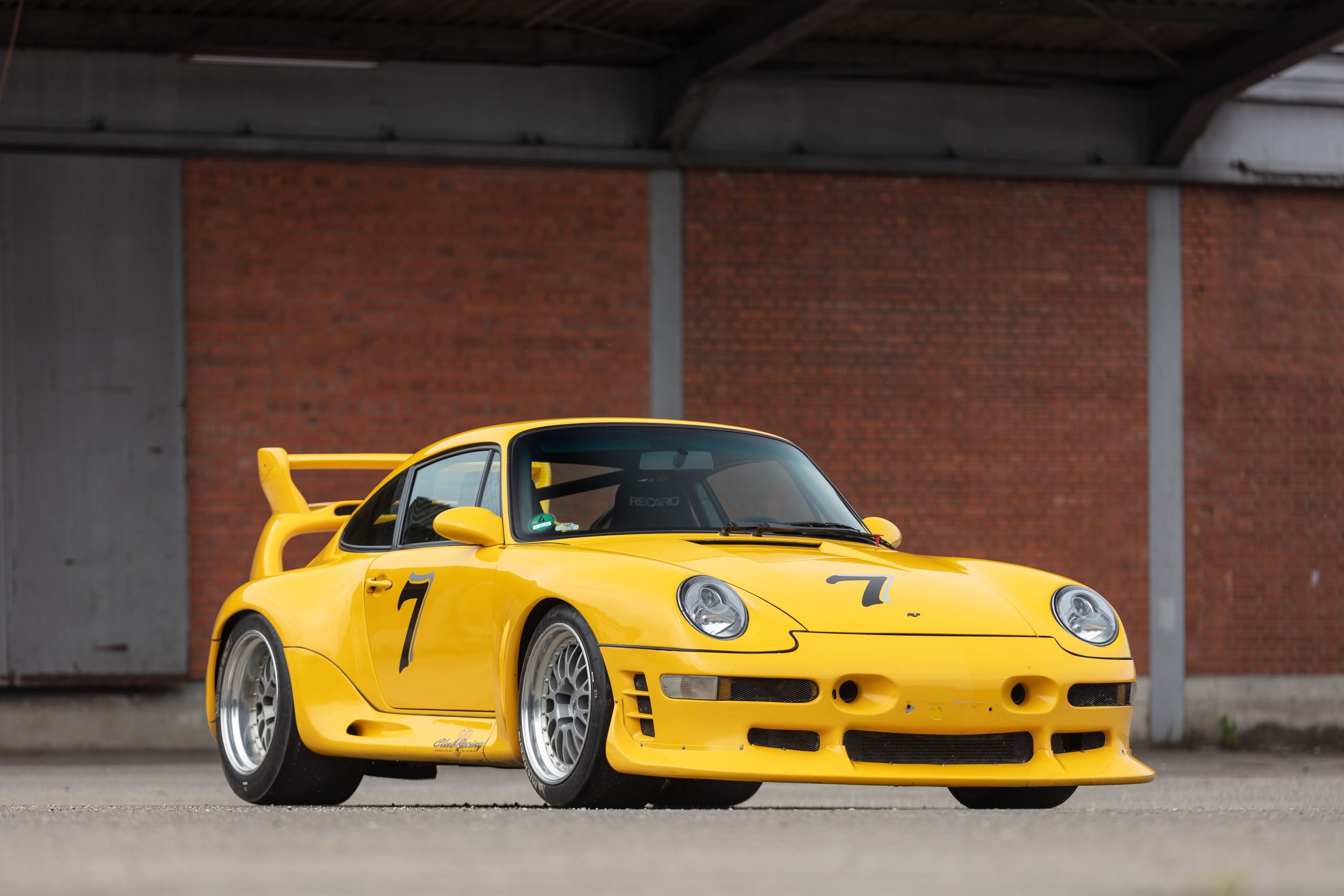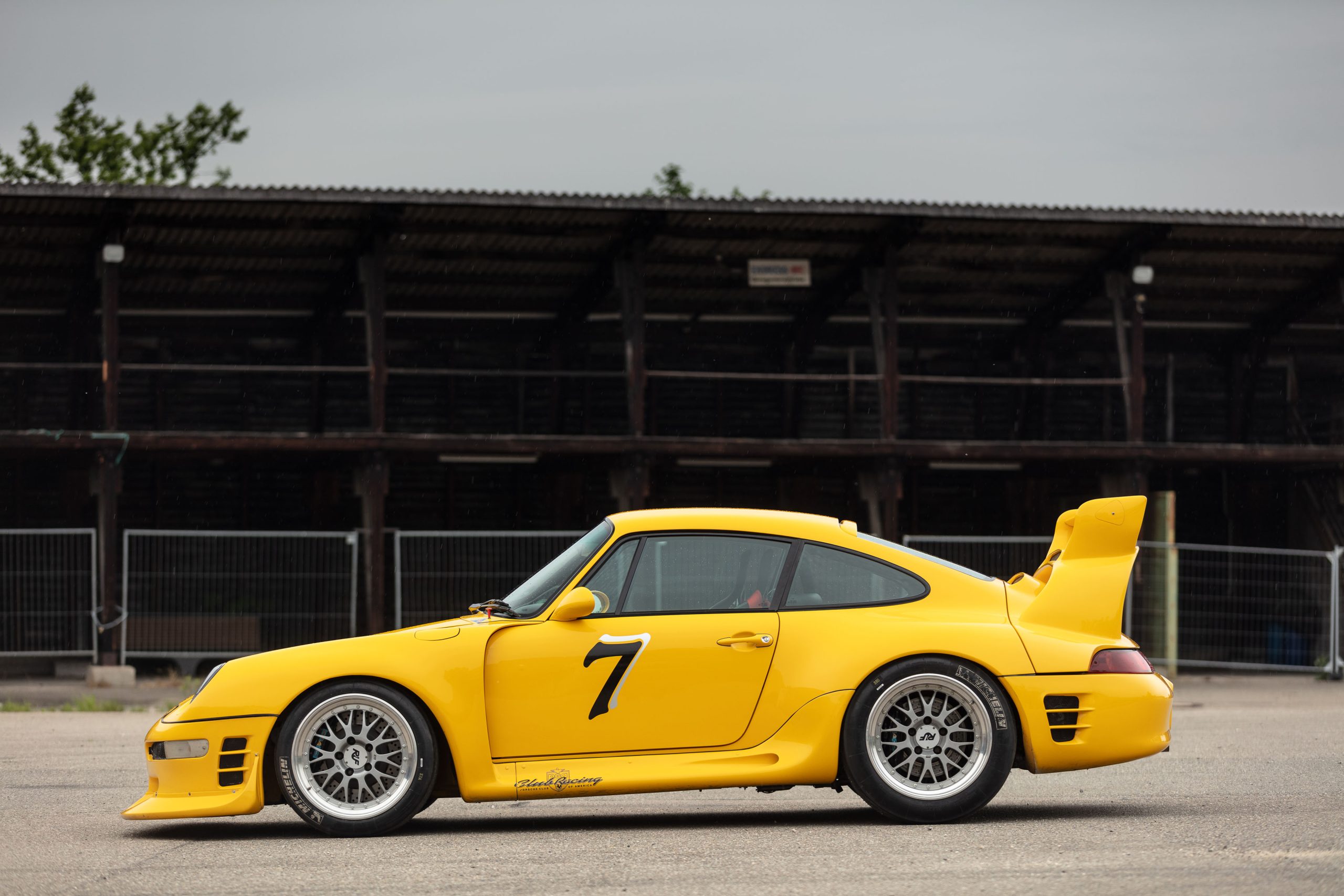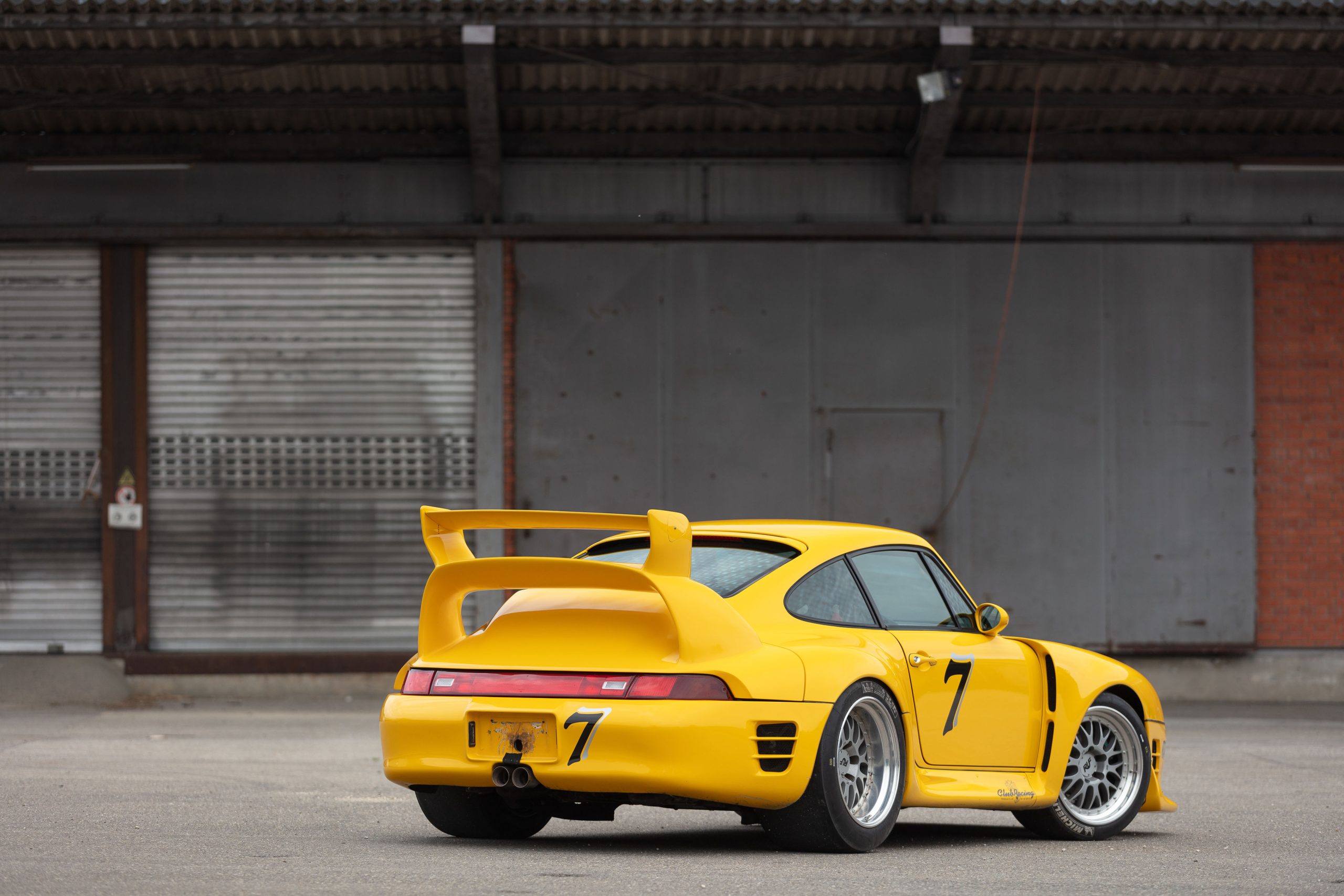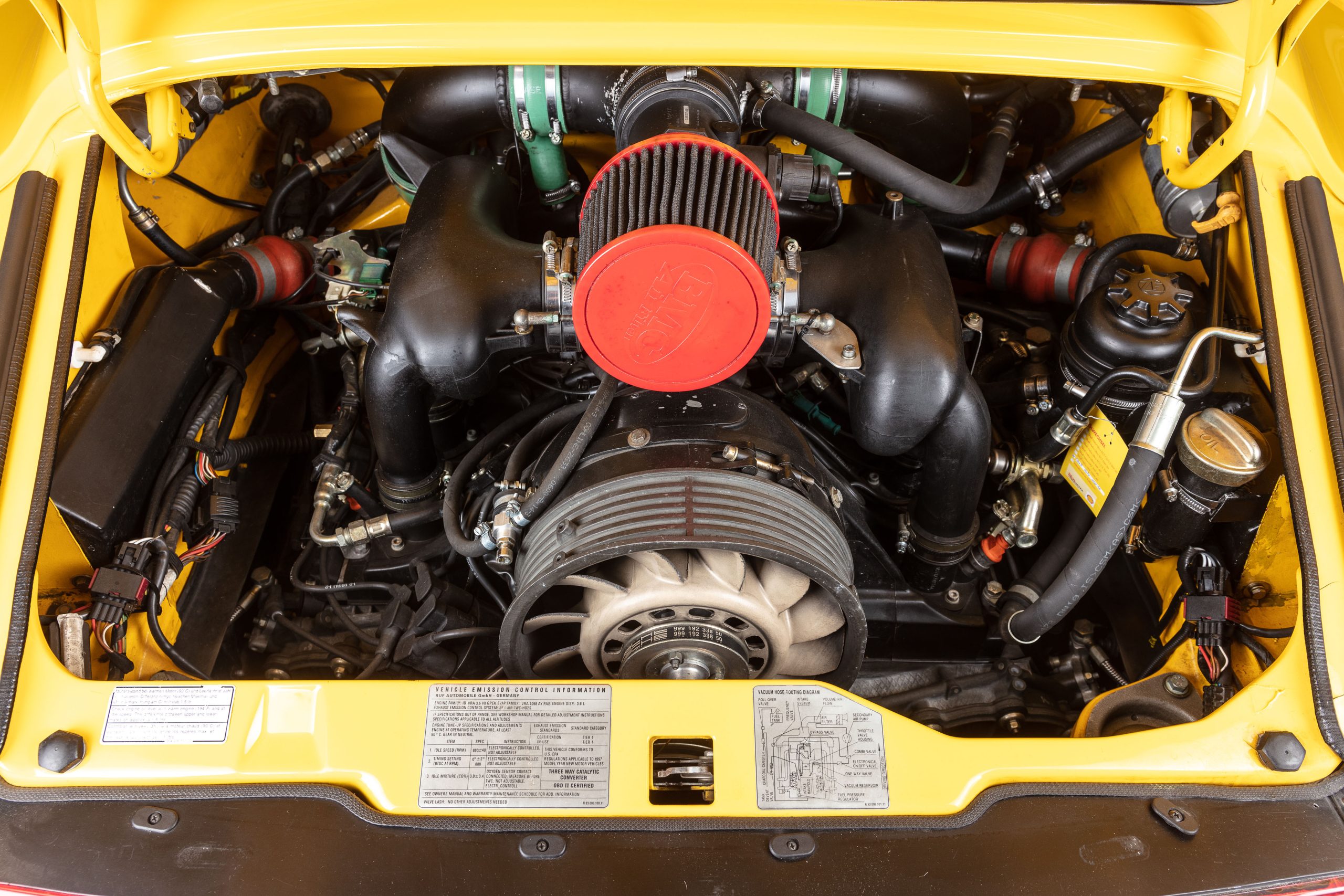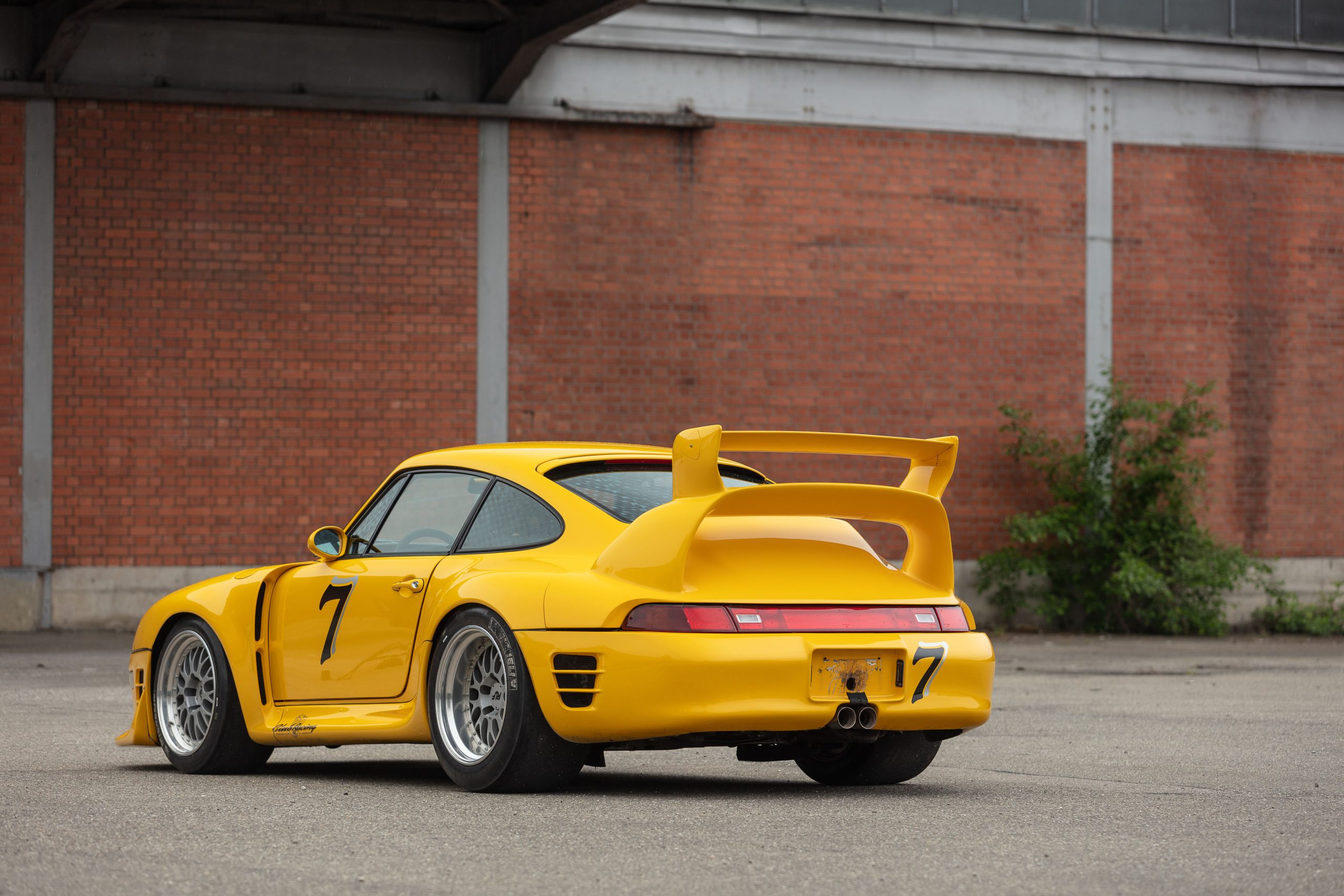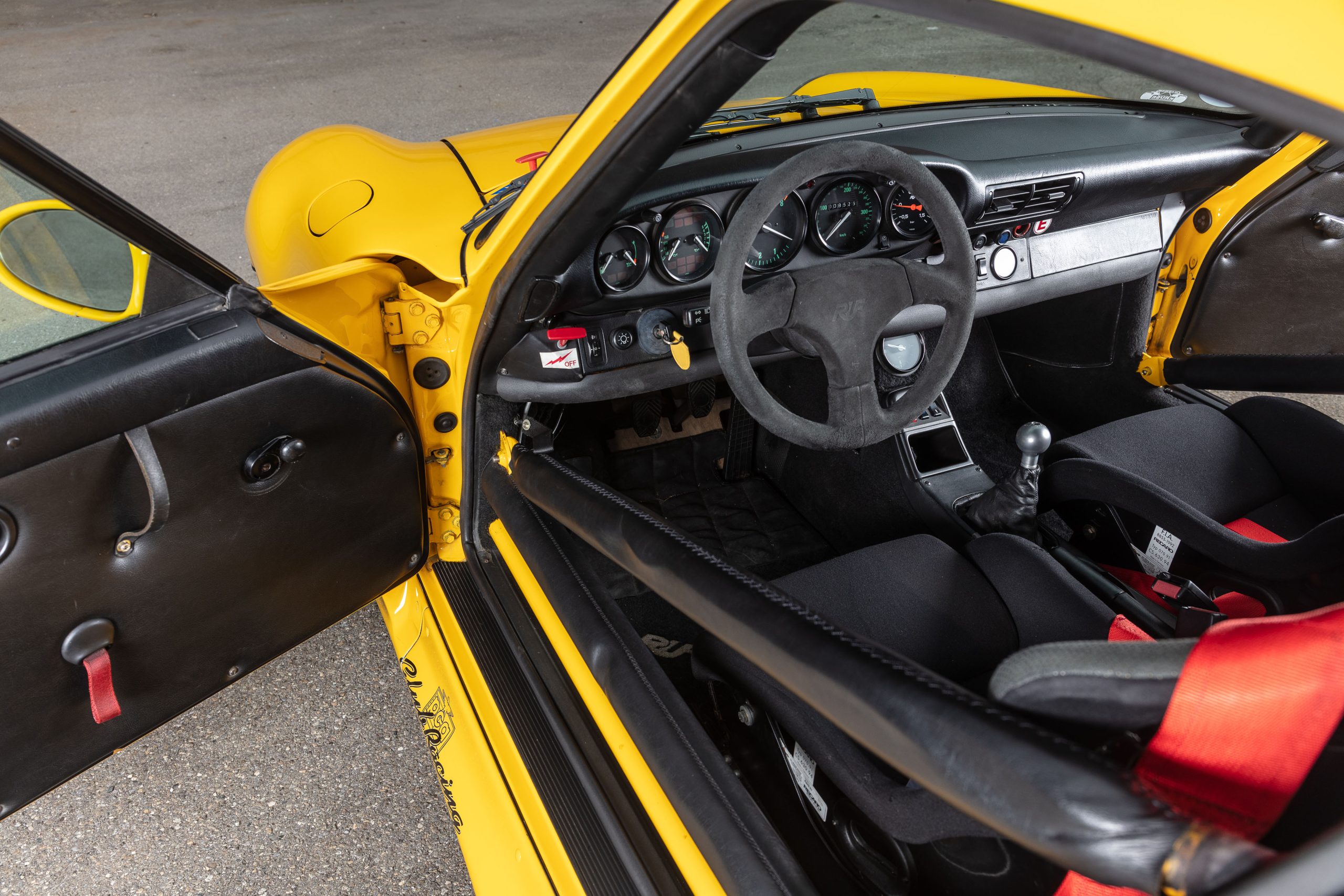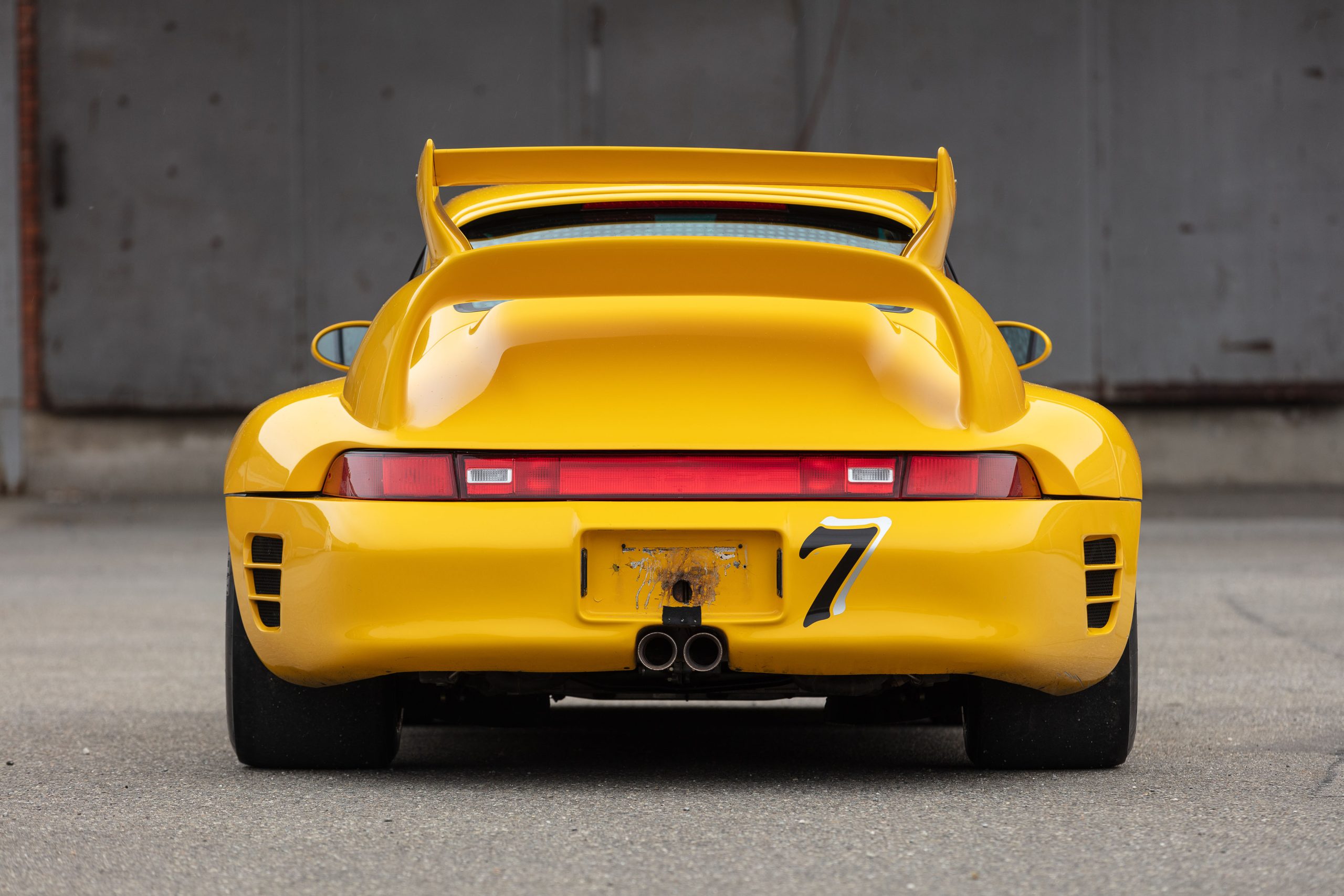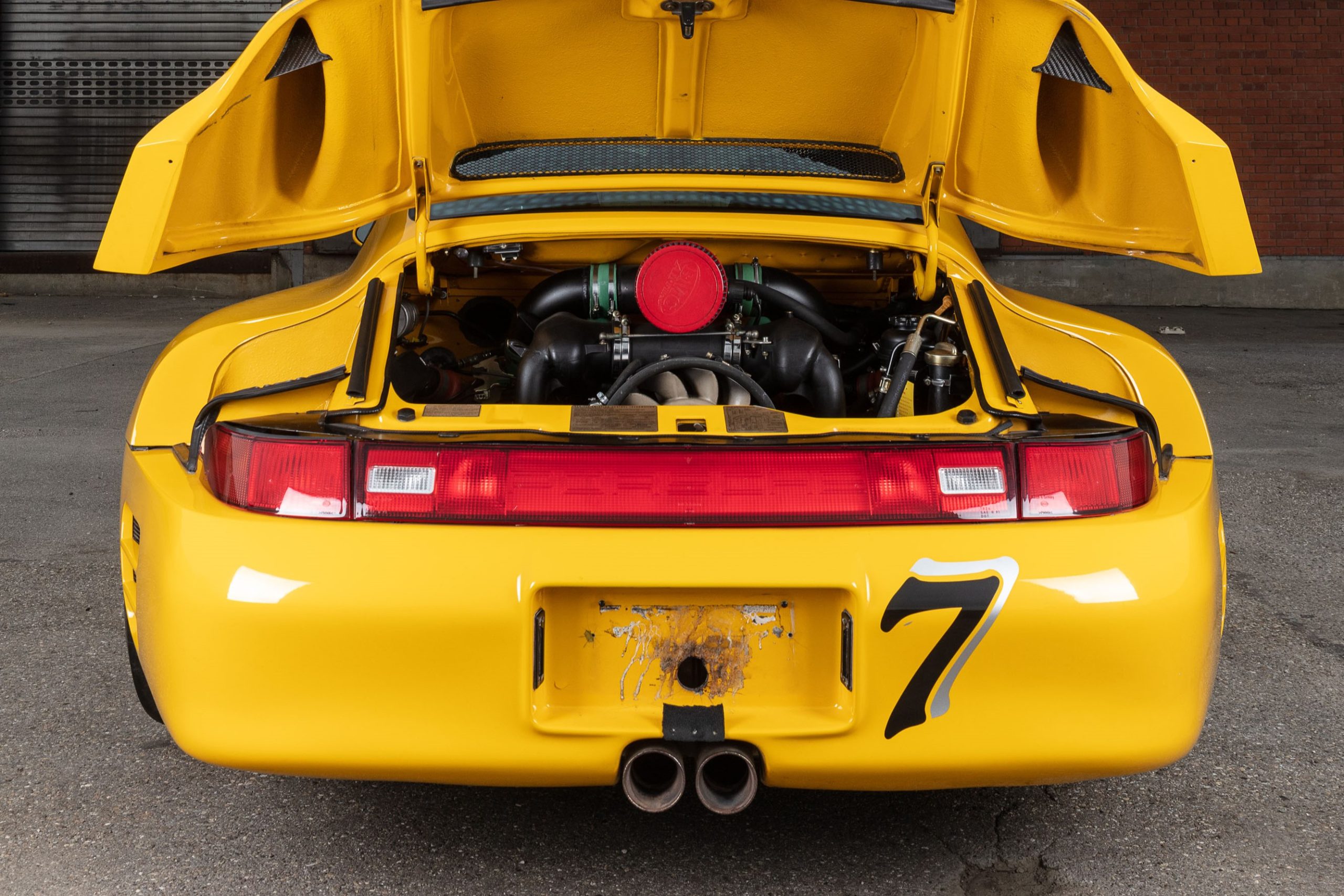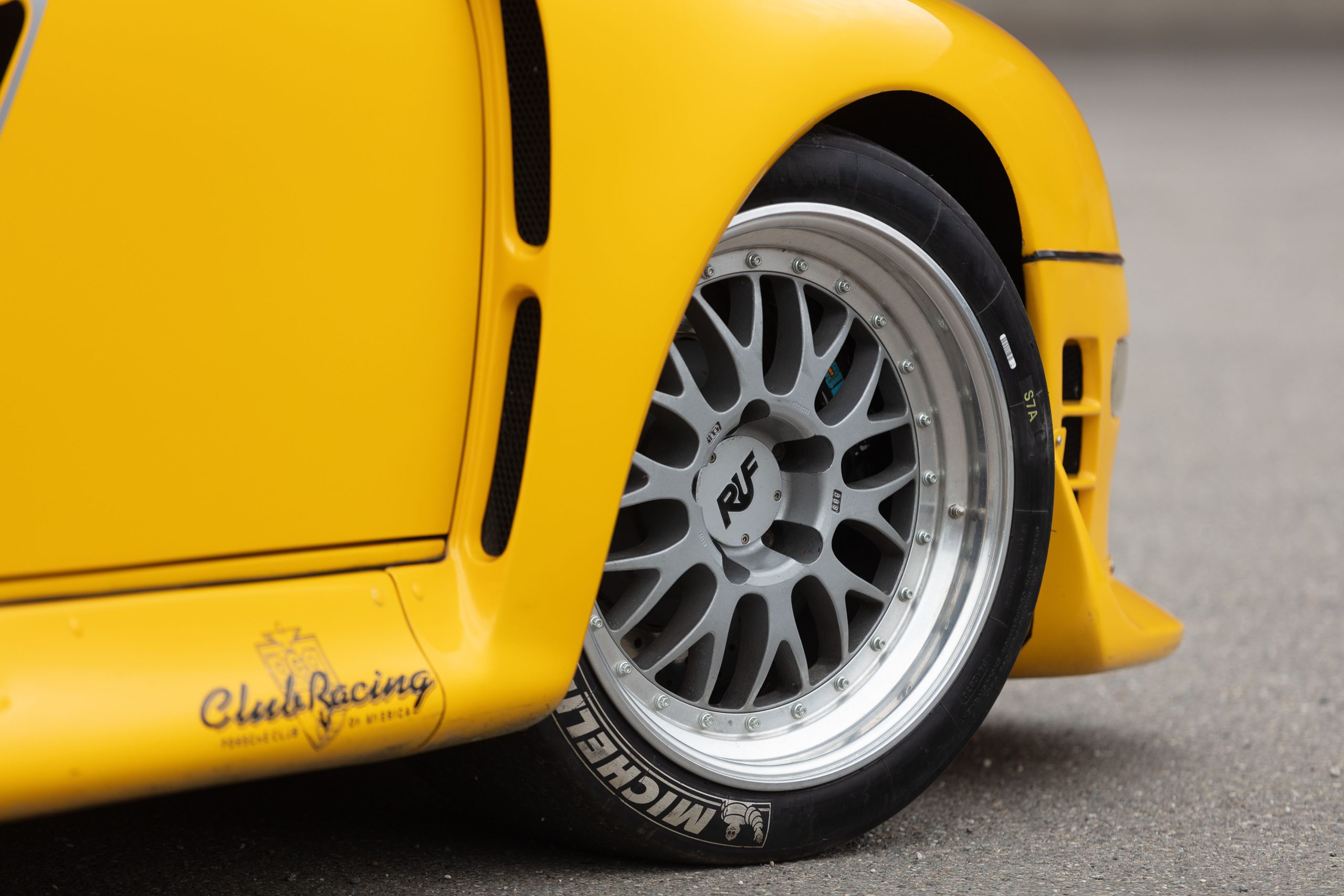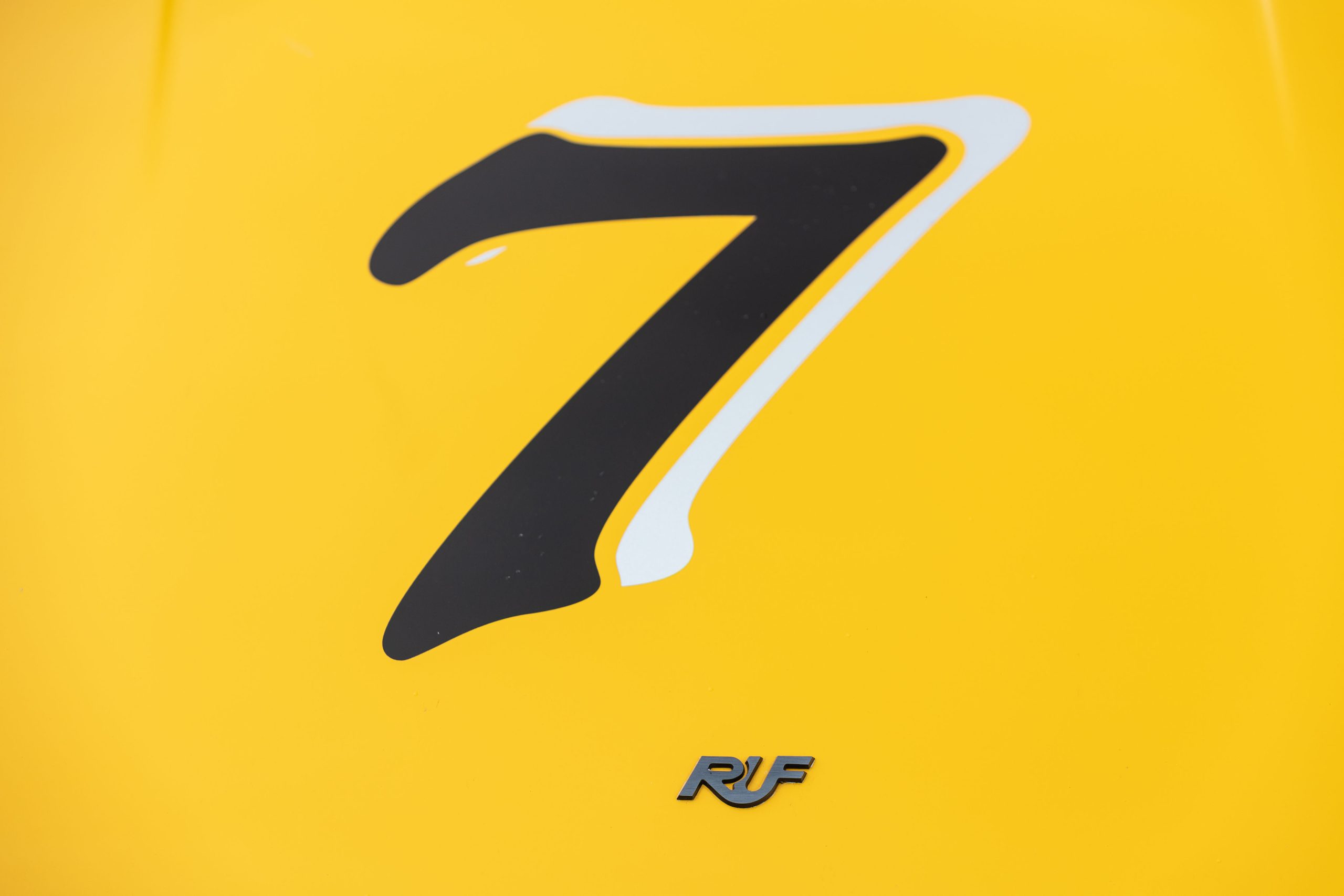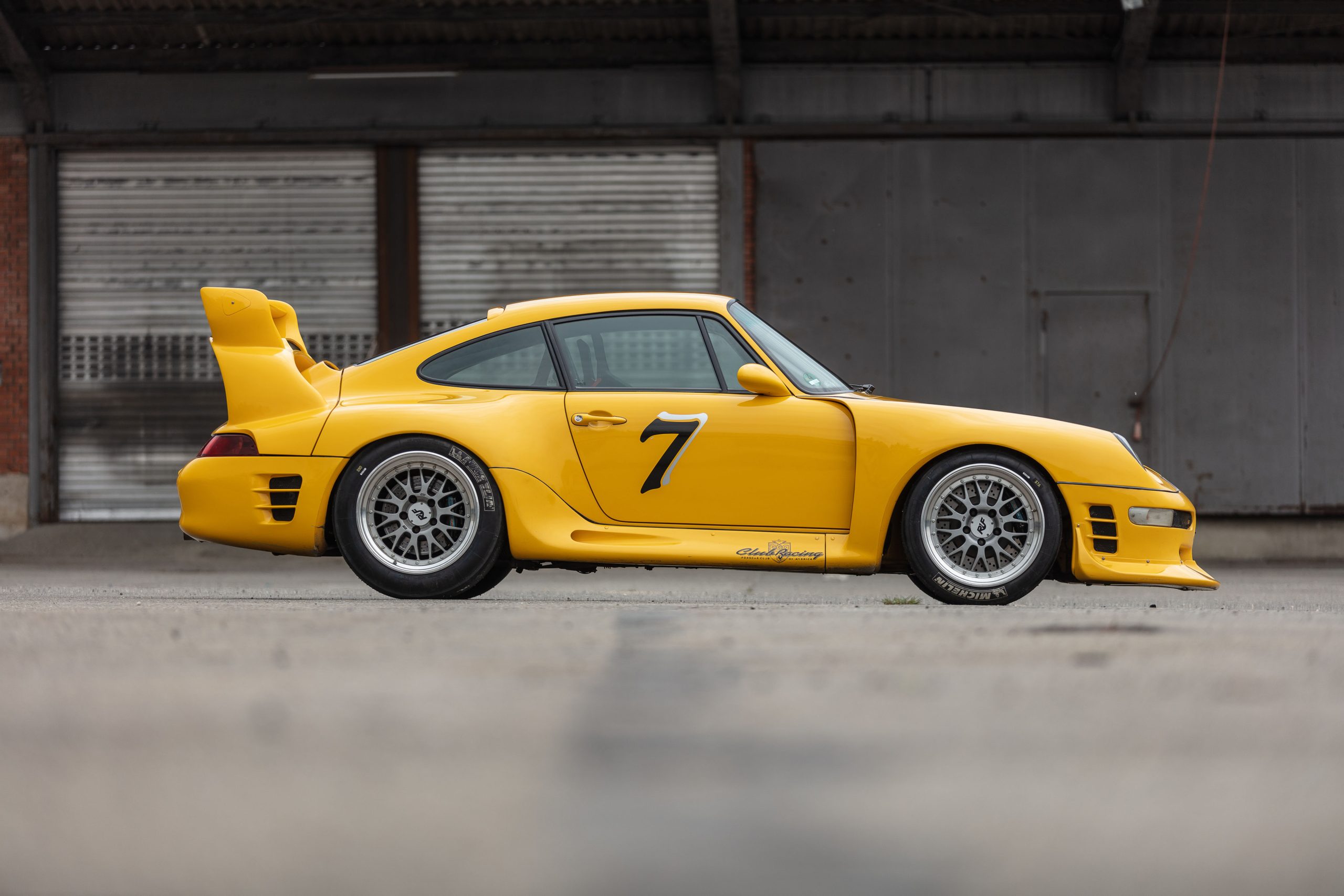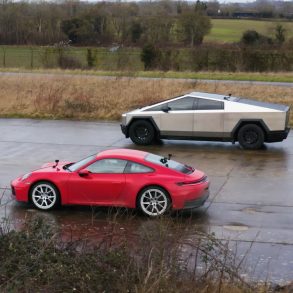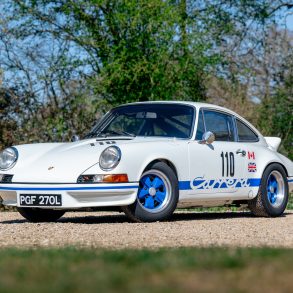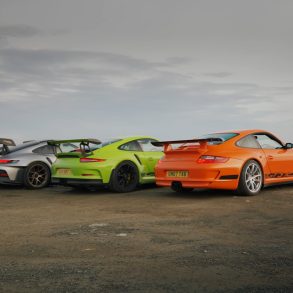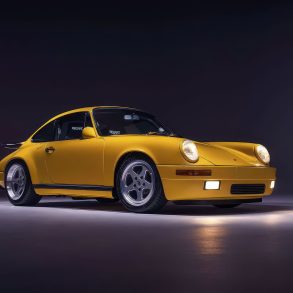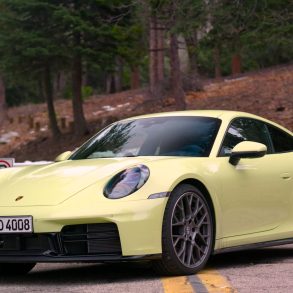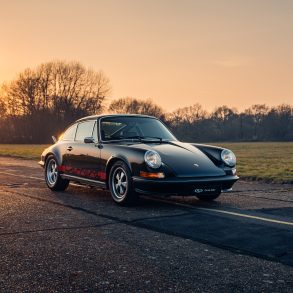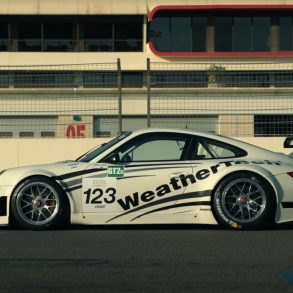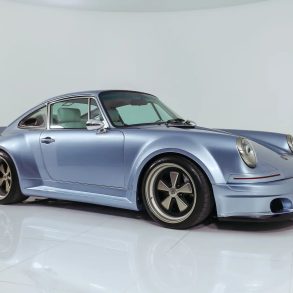Alois Ruf, initially a Porsche tuner and modifier, achieved the status of automobile manufacturer in 1981 according to the German Automobile Manufacturers Association. The first set of cars designated as Rufs – BTR1, BTR2, and BTR3 – were built in the 1980s.
These were based on Ruf’s preferred platform, the Porsche 911. The BTR engine, derived from the 3.3-liter Turbo’s unit, displaced 3.4 liters and drew in air through a Ruf intercooler thanks to an oversized KKK turbocharger. The result was 369 horsepower channeled to the road via a Ruf five-speed gearbox, while the suspension and brakes also bore the Ruf design mark.
Completed cars were available for purchase directly from Ruf or through conversions of customer-owned vehicles. Ruf’s concept of a super-tuned and upgraded Porsche 911 evolved through the CTR and CTR2, with the latter based on the Type 993 introduced in 1995.
The CTR2, was built upon the Type 993 Porsche 911 Turbo. Its 3.6-liter engine received Ruf tuning to deliver 520 horsepower and 505ft/lb of torque, with later versions reaching 580 horsepower. Additional enhancements included Ruf’s own suspension system, larger brakes, Kevlar body panels, lightweight glass, an integrated roll cage, a redesigned rear wing, and Recaro racing seats equipped with Simpson five-point safety belts.
With a recorded top speed of 217mph, the CTR2, just like its predecessor, reigned as the world’s fastest production car upon its introduction. Both two-wheel and four-wheel drive options were available.
Photos by Peter Singhof courtesy of RM Sotheby’s


